Xinjiang’s beautiful musics and colorful dances, profoundly reflect the unique styles of the ethnic minorities in the northwest border area, while the songs and dances of all ethnic groups have their own distinctive characteristics. The unique costumes and attractive customs of all ethnic groups make Xinjiang’s singing and dancing art become the precious wealth of the national culture of the motherland. It not only brings color to the hometown of singing and dancing in Xinjiang, but also greatly enriches the national art treasure house of the homeland.
The Uyghur people
The Uyghur people are especially famous for their singing and dancing skills. The female dance is graceful and nimble, while the male dance is vigorous and unrestrained. The folk dance “maixilai Fu", which has a broad mass base, is warm, cheerful and full of Uyghur national characteristics.Muqam has standardized folk music and promoted the development of folk dance; maixilai Fu has provided people with the opportunity to learn from their own ethnic group, local customs, rituals, folk dance and improvisation. Now Uygur dance, on the basis of the original form of performance, can be divided into three categories: self entertainment dance, custom dance and performance dance. There are also performance and religious factors in self entertainment and custom dance.
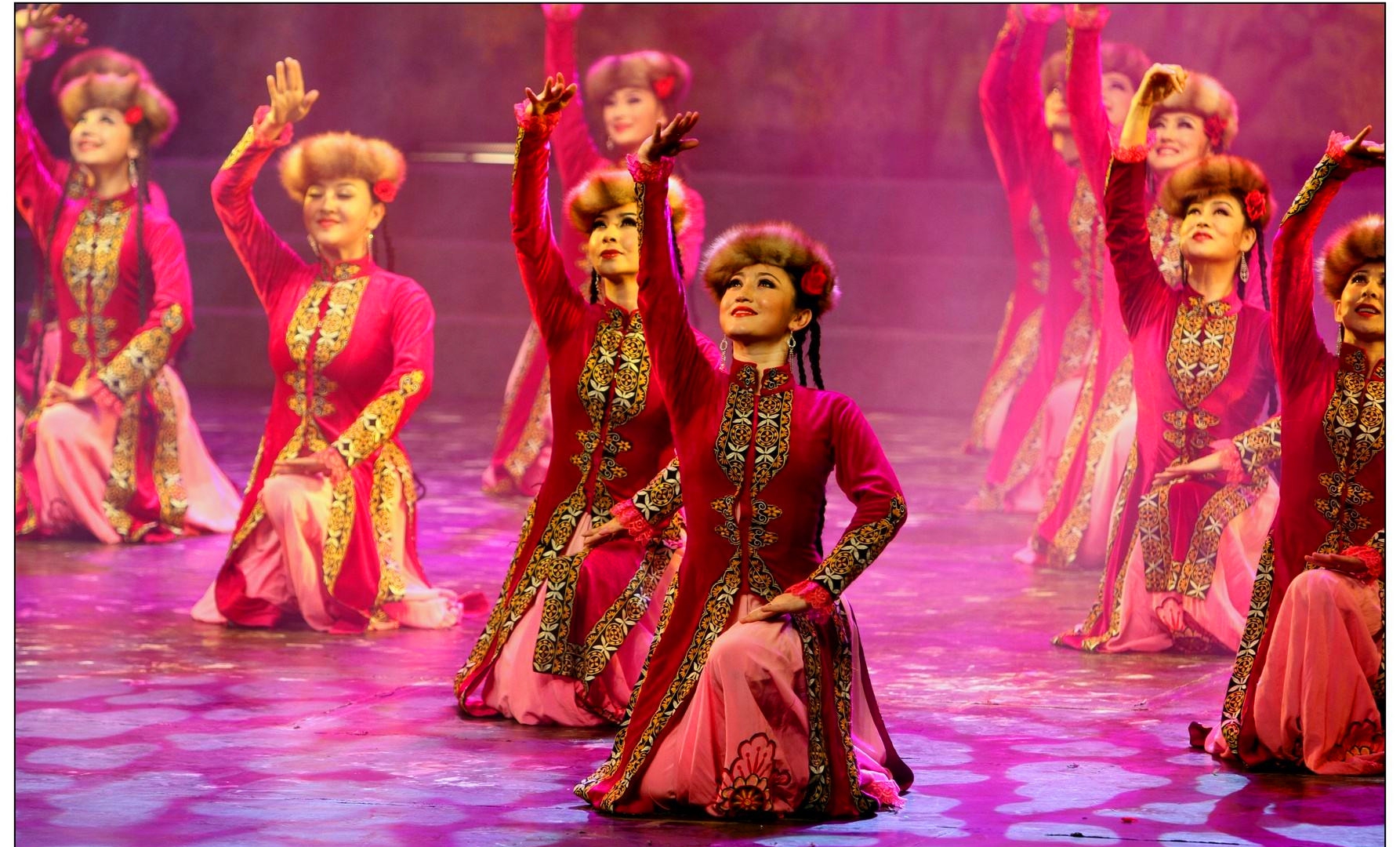
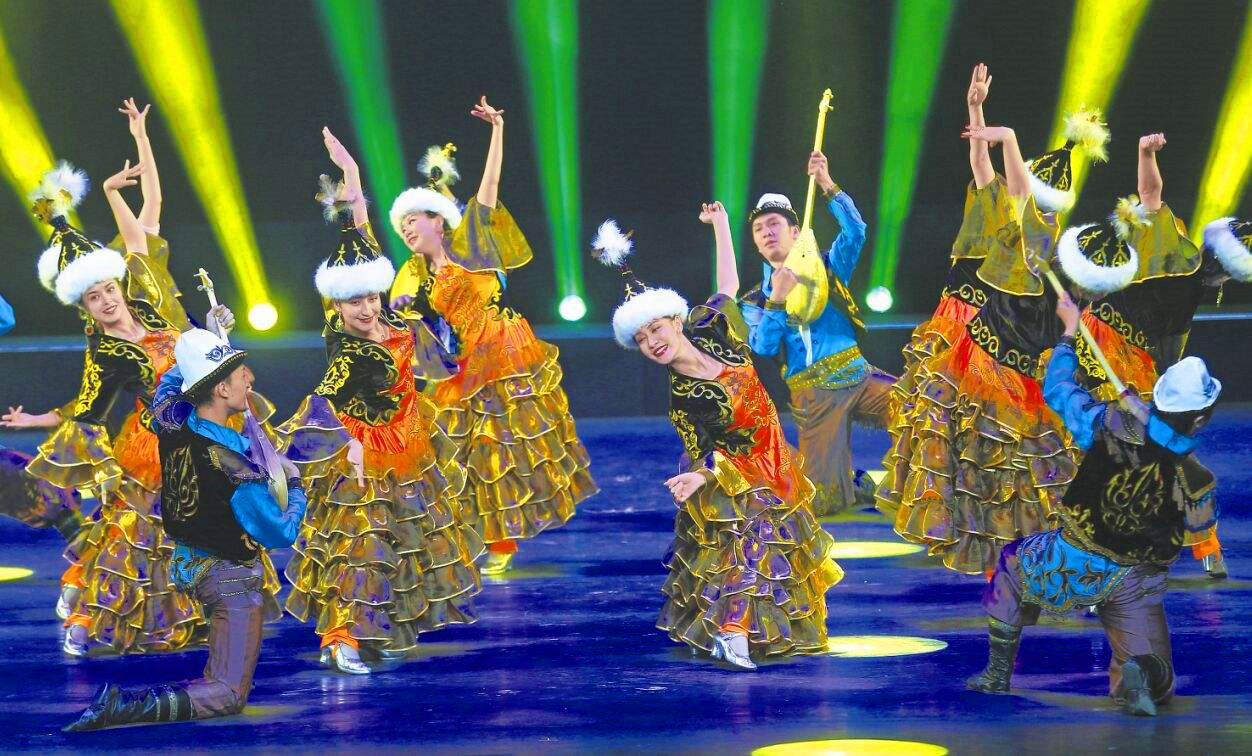
The Kazakh people
Kazakh people are fond of impromptu singing. There is a saying that “horse and song are Kazakh wings". Kazakh herdsmen, especially in the mountains and grasslands, like to hold Dongbula (two stringed Zither), play and compose their own songs, and narrate emotions and stories. The lyrics often use the rhythm of poetry to form the unity of music and literature. Akon’s performance and singing, which is often held on the Tianshan grassland (“Akon" is a folk singer), is the crystallization of this national art. Kazakhs also like the national dance, which is vigorous and simple in steps, expressing the straightforward and sincere character of the horseback nationality. Use “moving shoulder" and “horse step" in footwork.
The Tajik people
The songs and dances of Tajik people living in Pamir Plateau are also very unique. They make flutes out of eagles’ wing bones (Tajik called “Nayi" ), play melodious songs, and dance a double dance simulating various dynamic movements of eagles and swans. The style is extensive and vigorous, which makes tourists feels refreshing.
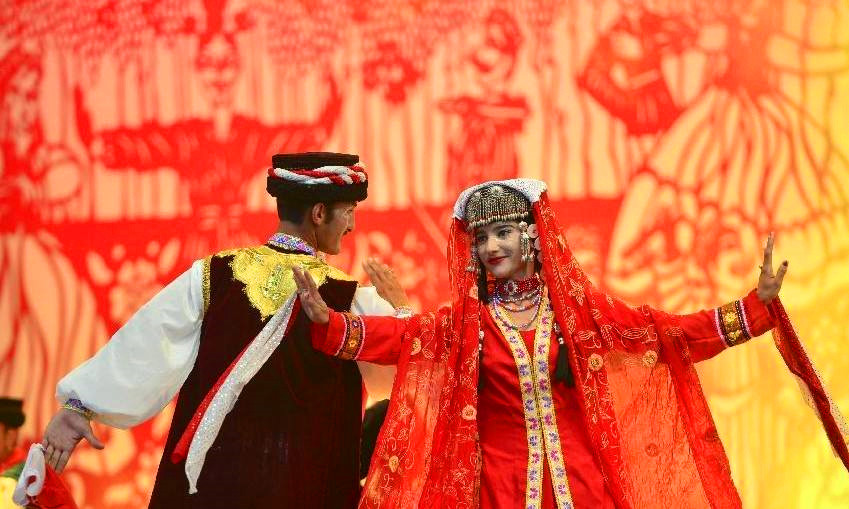
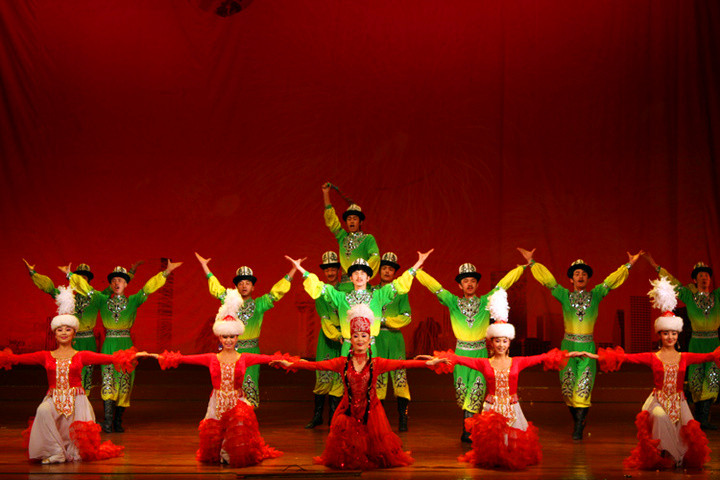
The Tatar people
The folk dance art of Tatar nationality integrates music, poetry and dance, absorbs the characteristics of Uygur, Russian, Uzbek and other ethnic dances, and has its own unique style. Tatar people advocate the purity, beauty and perseverance of White Swan to oppose the loyalty of love and freedom.
The Russian ethnic minority
Russians are good at singing and dancing. They play the accordion, sing and dance on the day of celebration or when family and friends get together. Its dance forms include solo dance, double dance, group dance, etc. Russian women’s headscarf dance and men’s horse and carriage dance have their own characteristics. The tap dance that young people like to dance, with beautiful dancing posture, vigorous pace and cheerful rhythm, is far better than the disco popular today, and is deeply loved by people.
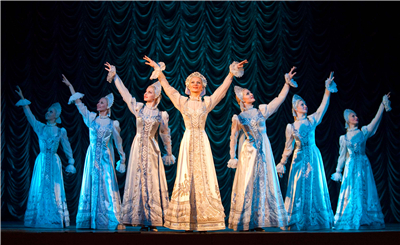
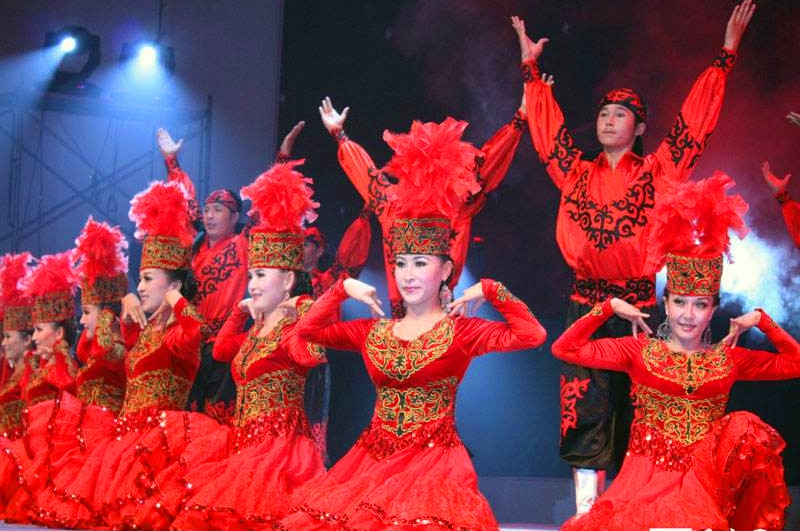
The Kirgiz people
Kirgiz folk song has a bright rhythm, enthusiasm and vivacity. In the dance, “shoulder picking" is the most characteristic. In addition, the female dance often has the movement of blowing “Oral chord", which is not found in other nationalities.
